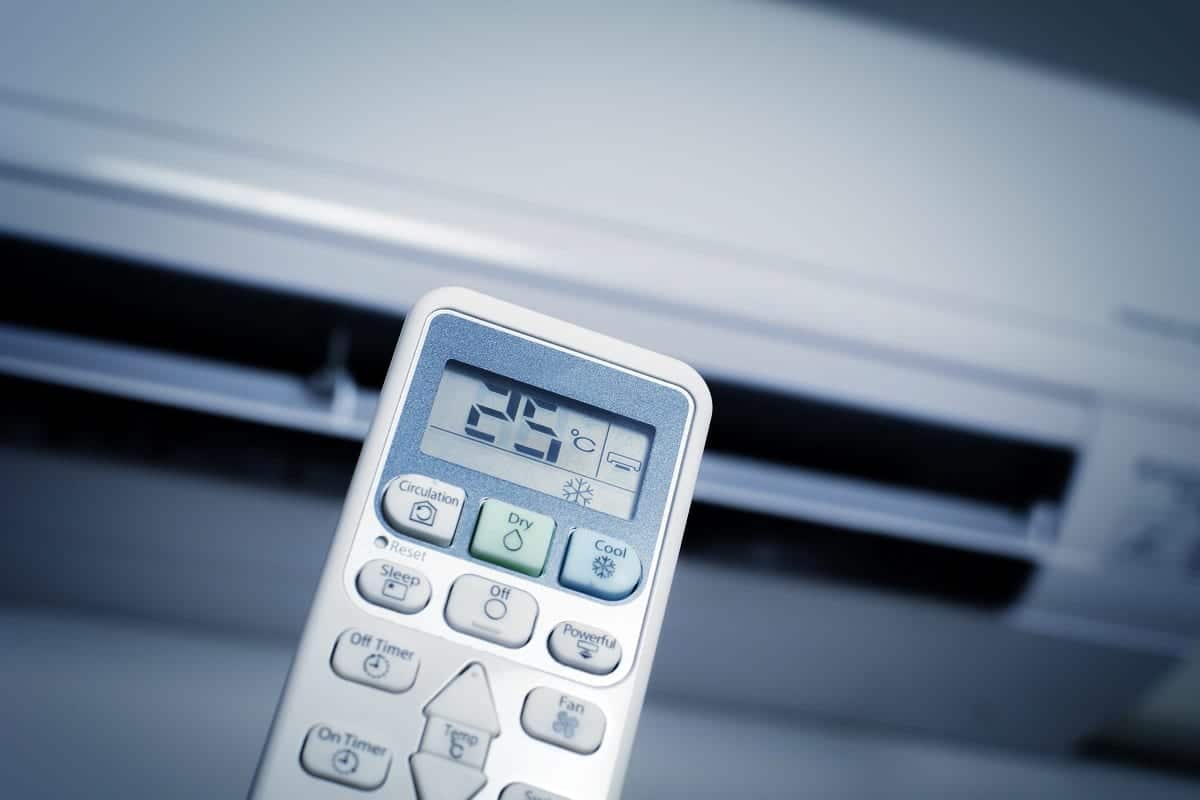If you left the windows and doors open as a child you most likely were told the same statement by your parents: “I’m not paying to heat the entire outdoors.” Heating your home is important as the months get chilly but keeping the heat inside is equally if not more important. There are numerous ways heat can escape your home and all of them must be dealt with to maximize your heat retention. Each weakness adds cost to your energy bills and as you transitioned from a child to a homeowner you quickly realized that your parents were right: you don’t want to pay to heat the outdoors.
Insulation
Easily the most energy efficient method, insulating your walls and attic protects a great deal of warmth. Warm air escapes through your roof, walls, floor, windows, and doors. Insulation prevents this and can be placed inside any interior or exterior walls. We recommend calling a professional to install your insulation but it can be done as a do-it-yourself project. If you choose to perform this on your own be sure to wear plenty of protective covering over your arms, eyes, and mouth. Insulation materials are extremely irritating if they touch the wrong area on your body. If you are unsure if your home is losing heat through the roof there is a simple test. In the morning check your roof for frost. If your home has poor insulation there will be spots of no frost because the heat has seeped through and melted it.
Windows
Windows cannot use the same insulation as walls or roofs so a different strategy is necessary to retain heat in the home. Weather-proofing your windows is a good insulator. Low efficiency windows sap your home’s warmth. An upgrade to storm windows will reduce heat loss but it will cost you a pretty penny to install. A cheaper alternative is covering your windows with window shrink. They can be found at local drugstores and larger retail stores. Double or triple glazing your window can significantly reduce air from escaping and is relatively inexpensive. For additional thermal retention use weather stripping around the openings of your window. Insulating the edges will prevent heat, and your heating bills, from slipping through the cracks.
Curtains
Strategic use of curtains can drastically improve your heat retention. Just as you would open the blinds in the morning to let in the warmth of the sun you should also close the curtains as the evening approaches. Curtains are great at preventing heat loss especially if you own heavy duty or thermal lining curtains. Be careful where you leave your curtains draped though. Curtains placed over a heat vent will absorb the heat themselves and prevent the warm air from moving freely about the room.
Chimneys
Fireplaces are beautiful to look at and when a fire is burning, they provide tremendous amounts of warmth. However, when a fireplace is unused it is also an easy escape for heat. Hot air naturally rises and your chimney is an express way out of your home. A removable chimney balloon is an easy solution for the time when you are not using the fireplace. If you do not use the fireplace at all consider having it capped by a professional. You will save yourself a lot of warmth and hassle, but don’t forget that it is capped. From that point on any fire will only billow smoke back into your home.
Radiator Care
Radiators sometimes retain trapped air in them causing them to lose energy efficiency. If there are cold spots on your radiator, particularly at the top, it is beneficial to perform what it called bleeding your radiator. Turn off your radiator and wait for it to cool down before you bleed it. Once you have bled your radiator and it is is working at maximum efficiency again consider placing a shelf above it. The shelf will help “throw” the heat forward into the room rather than it simply rising through your ceiling. Most hardware stores will stock shelves purposely made for radiators that can be easily attached.
Humidity
Winter air is incredibly dry which is part of the reason it is so cold. Adding humidity to the home will increase warmth and give it a cozy feeling. There are several ways to add moisture to the air. The simplest is buying a humidifier machine. For those who prefer a more homeopathic method you can add well-watered houseplants to your home, place shallow containers of water on top of heating elements like a radiator, or dry your clothes on a drying rack inside your home (an added bonus: you will save money by not using your dryer). Be careful not to overdo the humidity though. If you see moisture buildup, also known as condensation, on your windows (not caused by a recent shower) then you’ve raised the humidity too high. The target range is 30-50% humidity.
The Test
Don’t let your heating costs get the best of you. Stay vigilant and test your home for weakness. If you fear there is a draft coming through your house use this handy test to locate it. Light a small candle or incense and slowly “trace” around the edge of your doors, windowsills, and vents. If the flame flickers or the smoke is being pulled it means there is a draft. Once you have located the draft make sure to block it. Caulking or foam sealant works for non-movable sources (ex. Window frames). For movable sources (ex. doors or windows) use weather stripping. If you own pets remember to check their pet door as they are prime culprits for drafts. There are numerous ways heat can leave your home. Don’t pay to heat the outdoors.




